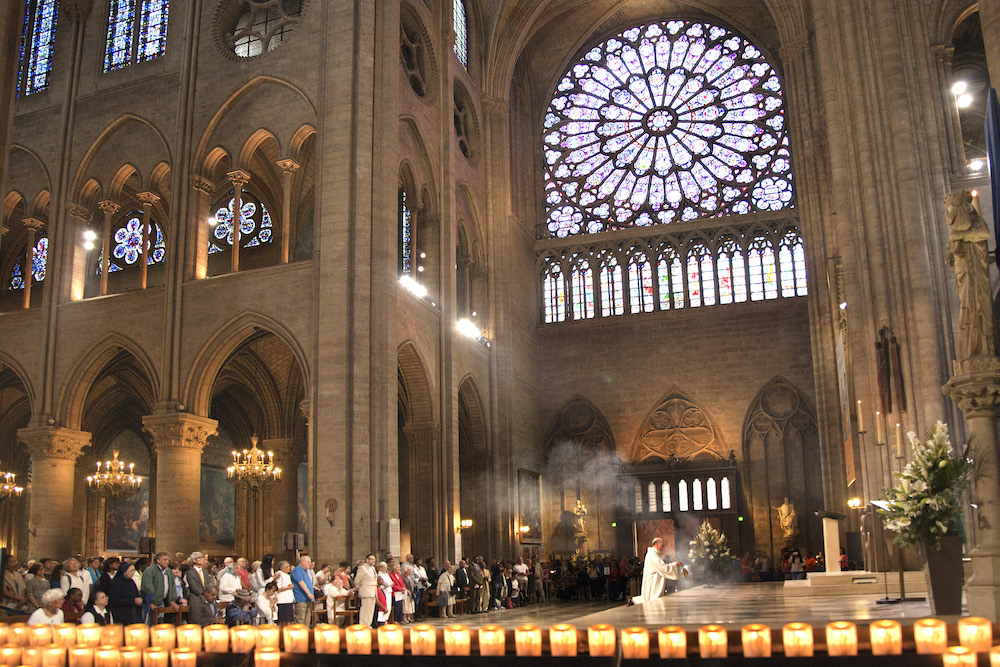My church is accustomed to download a work of art corresponding to the sermon or the liturgical season and to print it on the bulletin. (This is something I love.) But, recently, we “discovered” a painter who had lived for years in our midst. We asked her if she would paint the art for the bulletin and, for a season, she painted a series corresponding to our sermons—which she had been hungry to do.
Login to read more
Sign in or create a free account to access Subscriber-only content.
